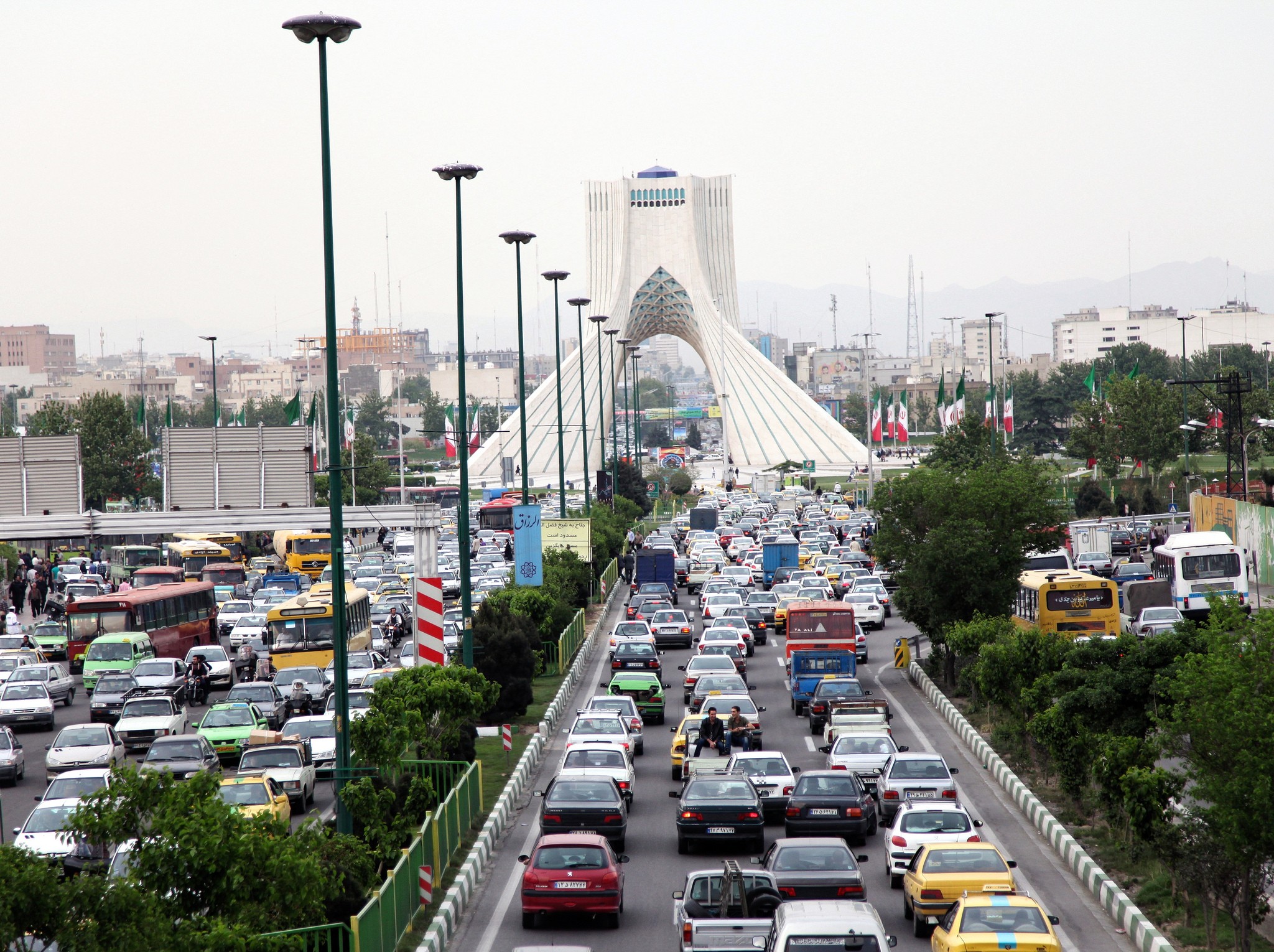Rising foreign exchange rates over the past several weeks is pushing up the price of raw material for automakers according to the secretary of Iran’s Automakers Association. He has called on the government to provide more support to the local auto part manufacturers.
According to Eghtesad Online, Ahmad Nematbakhsh says automakers had been trying to reduce car prices by increasing production. “However, the recent hike in the price of hard currency has caused a sharp increase in the price of steel -- one of the key elements in auto manufacturing.”
The US currency reached 41,000 rials on Sunday, a new all-time high. Price of the greenback has been climbing over the past 30 days. In the last week of November 37,660 rials bought one dollar. The price of other major currencies is also of the ascending order.
The Central Bank of Iran, as usual, says the rally is transitory and will be over by the end of the current fiscal year in March, rejecting claims that the government is strongly in favor of higher forex rates to plug the deep holes in its budget.
Nematbakhsh proposed that the government provide automakers with subsidized foreign exchange to avoid a hike in auto prices, which already are exorbitant, compared to prices of major foreign brands in the region.
“This will let us control auto prices,” he said, warning that without government support car prices are likely to soar.
There are currently two foreign exchange rates in Iran – one market rate and the other official, set and maintained by the Central Bank of Iran (CBI).
The subsidized dollar is only for importing basic goods and key commodities such as raw materials. On Monday the USD traded for 32,317 rials.
The CBI has a short and shrinking list of goods with varying priorities in terms of their eligibility for subsidized foreign currency. Food and medicine top the list. Lower priorities, which are mostly intermediate goods used in industrial production, may or may not be subsidized, depending on the government’s hard currency reserves
“While prices of alloys and petrochemicals have increased following the volatility of the forex market, car prices are expected to stay the same,” Nematbakhsh rued.
“Automakers are averse to raising prices, specifically because customers do not have enough purchasing power.”
Despite the fact that auto output has dropped over the past years, carmakers are not allowed to downsize, “another incorrect measure from the side of the government,” he was quoted as saying.
A total of 820,463 cars were manufactured in Iran during the first eight months of the current fiscal year that started in March, Financial Tribune reported on December 4.
Stressing the fact that large shares of revenues from car sales are extracted by governmental sectors he explained “nearly 9% of the total price of a car accounts for value added tax and 25% accounts for custom tariffs.”
Reza Shiva, head of the so-called Competition Council, recently said automakers cannot raise prices on the pretext that raw materials have become expensive.
The council, which is in an almost permanent disagreement over cost and quality with the rich and influential carmakers, announces new car prices each year in May after factoring in variables such as inflation, car productivity and quality. Shiva says the carmakers should not increase prices anytime before this month.


